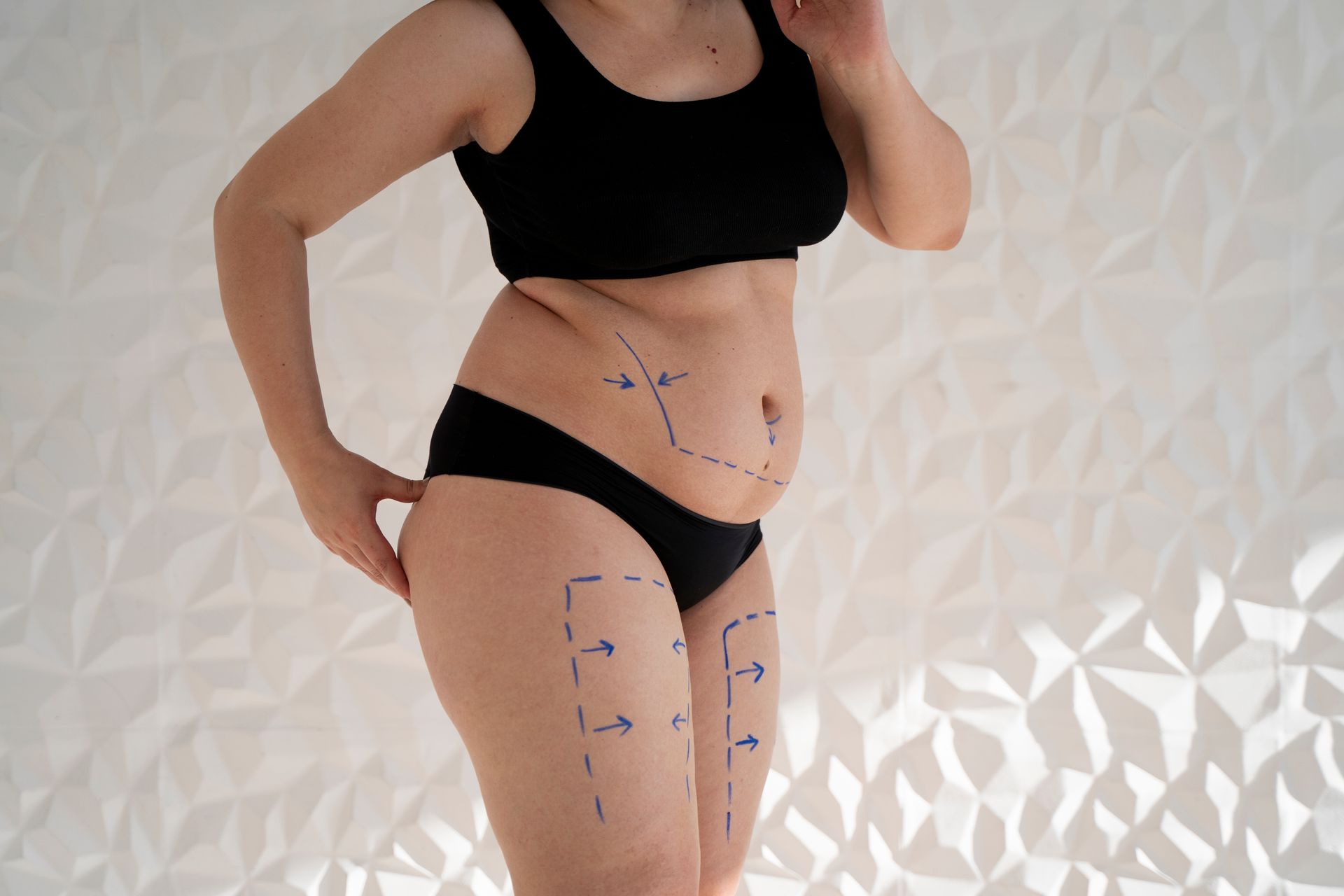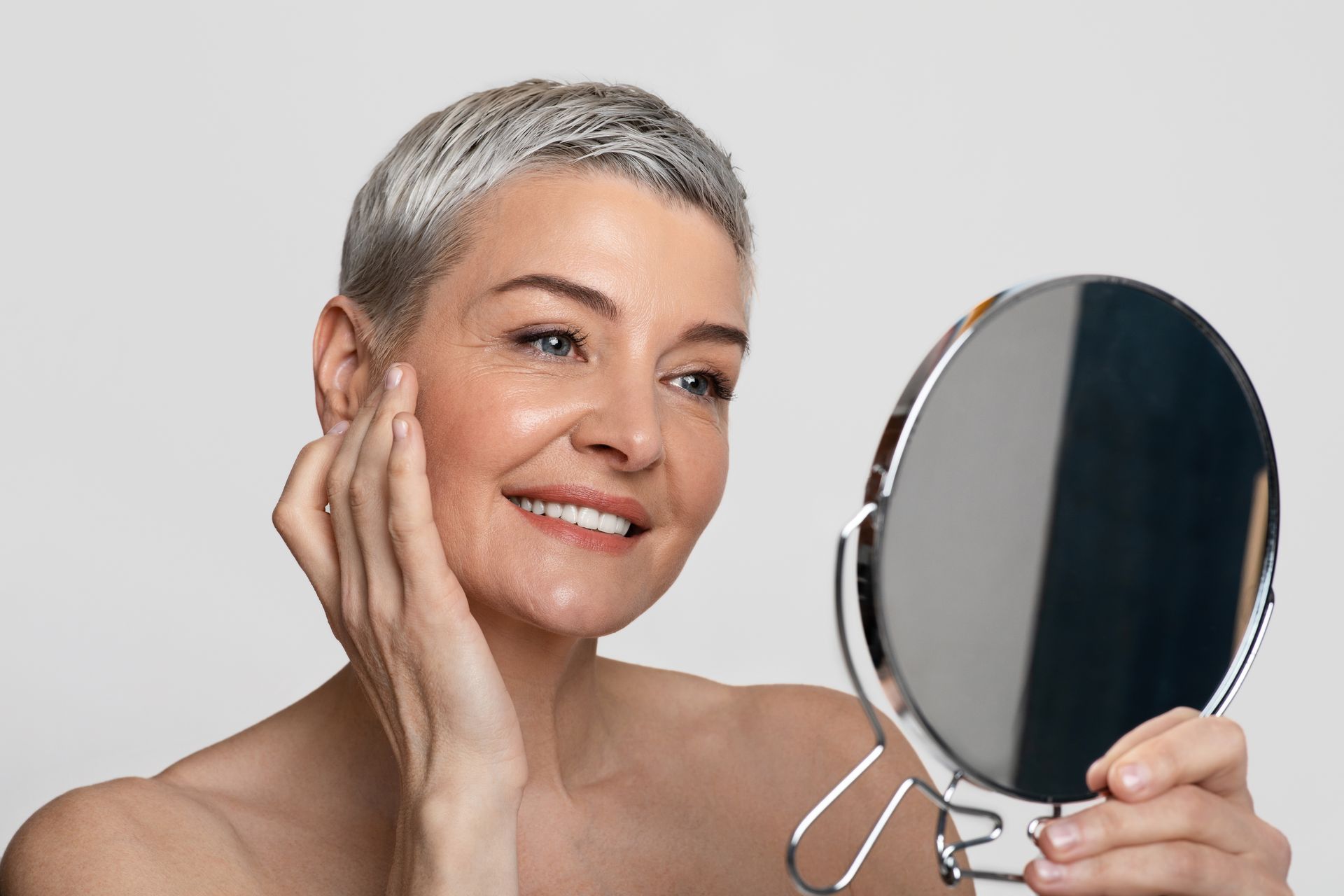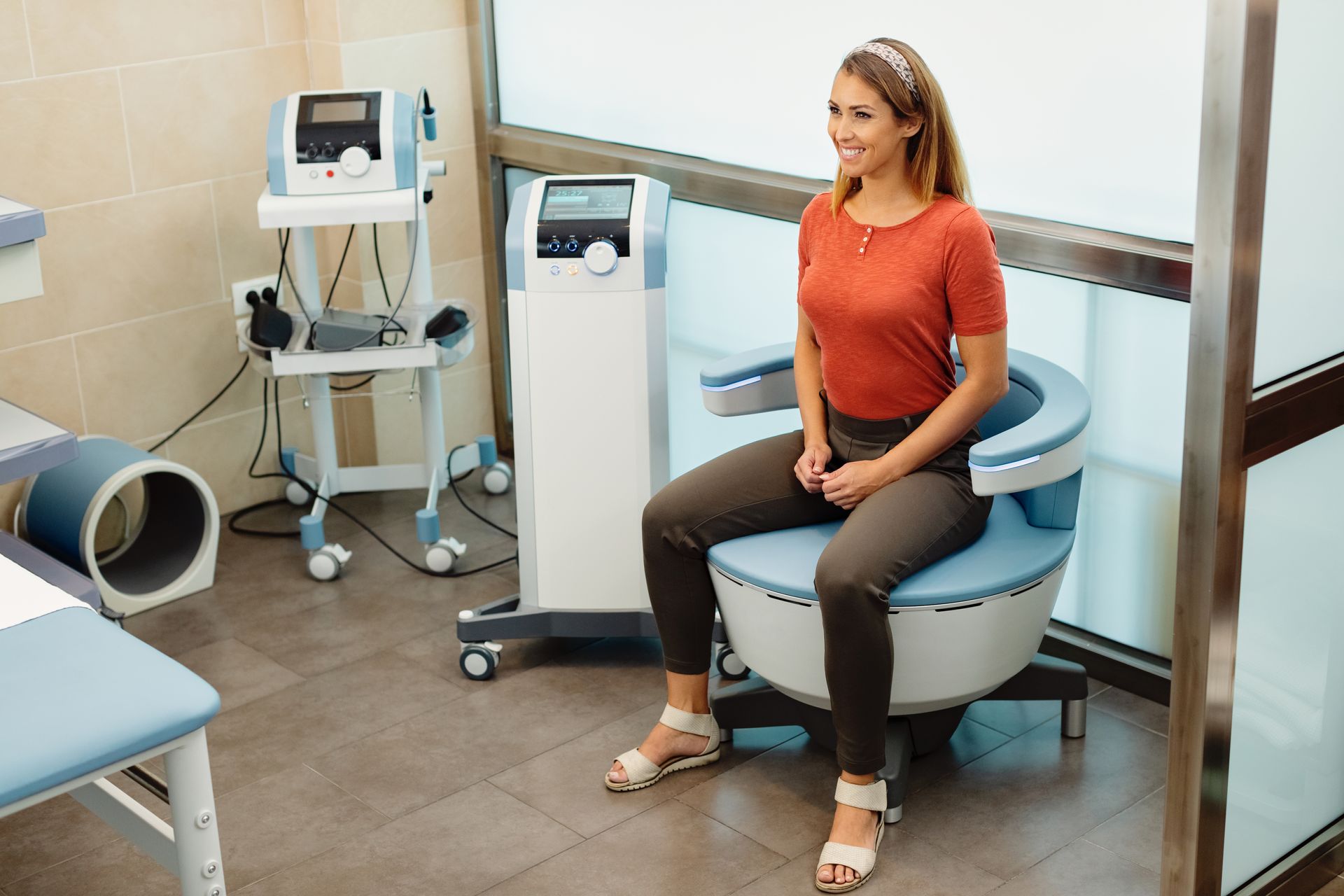Get In Touch
Call: (480) 313-1951
Email: stellarskinaz@aol.com
Address: Floor 1 • McClintock Fountains, 1840 East Warner Road, Tempe, Arizona 85284, United States
Business Hours
- Monday
- Closed
- Tue - Thu
- -
- Friday
- -
- Sat - Sun
- Closed
Stellar Skin & Laser
Address
Floor 1 • McClintock Fountains, 1840 East Warner Road, Tempe, Arizona 85284, United States
Phone
Business Hours
- Monday
- Closed
- Tue - Thu
- -
- Friday
- -
- Sat - Sun
- Closed
© 2025
Stellar Skin & Laser










